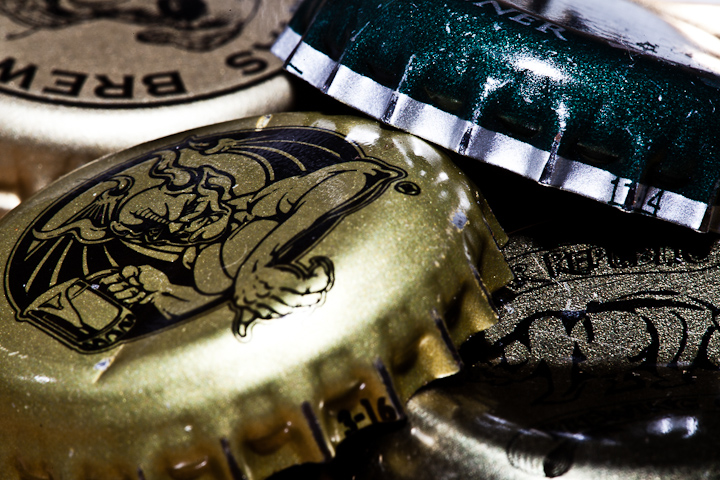Beers are typically categorized by their style. Styles are primarily defined by characteristics such as color, bitterness, alcohol content, ingredients, aroma, body, mouthfeel and flavor. They also often carry particular historical and regional significance. For instance, the Berliner Weisse began as a regional specialty style of Berlin while Munich Helles was first created in Munich.
While beers have probably been categorized into different styles based on their differing properties for as long as they have been brewed, it is possibly the acclaimed English beer writer Michael Jackson who pioneered modern beer style definitions with his 1977 book “The World Guide To Beer”.
Want to learn even more about beer styles? Check out Michael Jackson’s modernized Michael Jackson’s Beer Companion: Revised And Updated edition.
Beer styles provide a way to relate similar beers made by different brewers. If you go to the store and buy a bottle of IPA or order a pint of Stout at the restaurant then you have a reasonable expectation of what you’re going to be drinking based on that style’s definition. Likewise, if you know you don’t like the taste of German Lagers or Sour Ales then you can easily avoid those styles.
Styles are also often grouped into broad categories which contain more distinct style definitions. For instance, the larger category of Pilsners includes the individual German, Bohemian, and the Classic American Pilsner styles. Similarly, Porters and Stouts typically fall into their own overall categories which are further broken down into more specific styles. Ultimately, the categorization is dependent on the organization responsible for the classification.
Practical Guides
Unfortunately there is no single definitive guide of all possible styles of beer in existence. However, there are a few different notable references. One of the most popular in the homebrewing world is the BJCP Style Guidelines. The Beer Judge Certification Program (BJCP) is an organization that promotes beer literacy and appreciation as well as train judges for competitions. The 2008 edition is the most recent revision. The Great American Beer Festival (GABF) has its own list of styles which it uses for organizing entries in its competition for professional breweries.
Styles are also very important in beer competitions. A hoppy American IPA is completely different from a malty Strong Scottish Ale and neither share the fruity character of a Saison. Each is very different from the next. It would be impossible to objectively judge each of these next to each other in a competition and say any one is better than any other. In this way, the style guidelines are a useful tool for grouping similar beers together. While a person can’t objectively say a Stout is better than a Pale Ale, they can say that one Pale Ale is better than another and compare how closely each one comes to matching the definition of the style.
Beyond Definition
Even with so many defined styles in these guides, there are many more styles which don’t exist in these guides and as many beers which fall outside of any style at all. Many brewers prefer to do what is known as brewing to style. This means brewing a beer which matches the parameters and descriptions of a style as closely as possible. When entering beer into a competition, this is an absolute must. This is also a great way for brewers to hone their skills by trying to create a beer which solidly represents a certain style. On the other hand, some brewers prefer to brew completely outside of the style definitions.
Sometimes these end up being wild experiments or even hybrids of multiple different styles. Other times they can spawn the creation of entirely new style categories. This was the situation with the recently established Cascadian Dark Ale (CDA) style. Sometimes styles are just not wide known or exist in a very specific region. This is the case with Gose, a style of sour spiced beer brewed primarily in Leipzig, Germany. While both of these styles could eventually show up in a future revision of current style guides, their current absence doesn’t diminish their existence.

